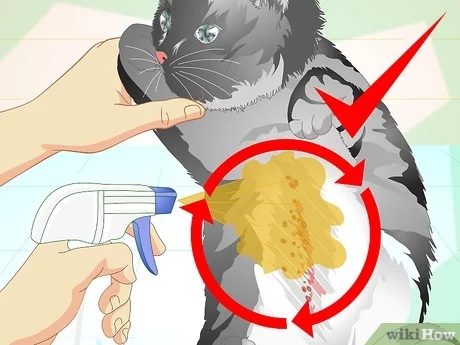When it comes to maintaining best cat health, effective flea and tick prevention is essential. These pesky parasites not only cause discomfort but can also lead to serious health issues for your feline friend. In this guide, we’ll explore the best practices for keeping your cat safe from fleas and ticks, ensuring a happier, healthier life.
Understanding Fleas and Ticks
Fleas and ticks are common parasites that can affect cats of all ages.
- Fleas are tiny, wingless insects that feed on your cat’s blood, leading to irritation and potential allergic reactions.
- Ticks are arachnids that attach to your cat’s skin, potentially transmitting diseases like Lyme disease.
Understanding the risks associated with these parasites is the first step in flea and tick prevention.
Effective Prevention Strategies
1. Regular Veterinary Checkups
- Schedule routine checkups with your veterinarian.
- Discuss the best flea and tick prevention options tailored for your cat’s age, weight, and health condition.
2. Use Preventative Treatments
- Topical Treatments: Apply monthly topical treatments to keep fleas and ticks at bay.
- Oral Medications: Consider oral medications that offer extended protection.
- Collars: Invest in flea and tick collars designed to repel these parasites effectively.
3. Maintain a Clean Environment
- Vacuum Regularly: Regularly vacuum your home, especially areas where your cat spends time. This helps eliminate flea eggs and larvae.
- Wash Bedding: Wash your cat’s bedding and toys in hot water weekly to kill any lingering fleas or ticks.

4. Keep Your Cat Indoors
- Limit outdoor access during peak flea and tick seasons.
- If your cat goes outside, keep them on a leash or supervise their outdoor time to minimize exposure.
5. Create a Flea-Free Zone
- Treat your yard with safe insecticides or natural remedies to keep fleas and ticks away from your outdoor space.
- Maintain your lawn by mowing regularly and trimming bushes to reduce hiding spots for these parasites.
Recognizing the Signs of Infestation
Even with the best flea and tick prevention measures, it’s important to recognize signs of an infestation. Look for:
- Excessive scratching or grooming
- Red or irritated skin
- Flea dirt (small black specks) in your cat’s fur
If you notice any of these signs, consult your veterinarian immediately for treatment options.

Conclusion
Incorporating these best practices into your routine is vital for ensuring your cat’s well-being and promoting best cat health. By being proactive about flea and tick prevention, you not only protect your pet but also create a safe and healthy environment for your entire household. Remember, regular checkups and preventative measures are key to keeping those pesky parasites away.
Taking these steps will significantly reduce the risk of fleas and ticks, ensuring your feline friend remains happy and healthy for years to come.





















